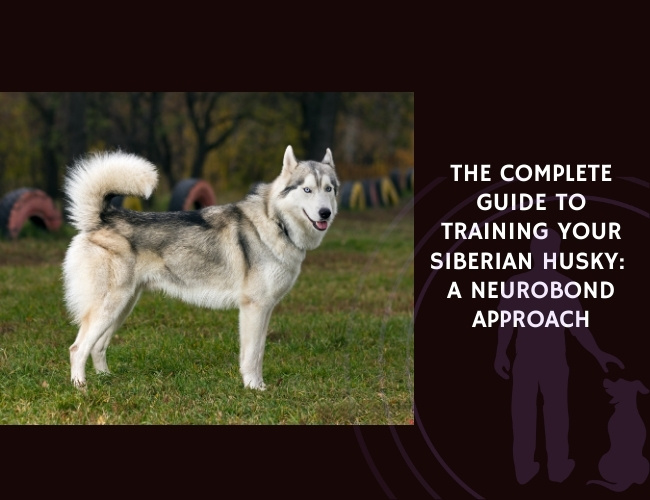A study published in Veterinaria México OA by J. A. Zepeda and colleagues explored how small-breed dogs communicate stress through body language and sound. Using 25 dogs from three breeds—Chihuahua, Toy Poodle, and Miniature Schnauzer—the researchers analyzed how these dogs reacted to unfamiliar humans, a commonly negative experience for canines.
The team used the Dog Actions Video Annotation Interface (DAVAI) to closely evaluate movements of the tail, legs, snout, and record vocalizations. Interestingly, the study found that there were no significant behavioral differences between breeds. However, a consistent pattern emerged in vocal behavior based on sex: male dogs whined more frequently than females.
These results reinforce the idea that emotional signals in dogs are not purely breed-dependent. Instead, subtle factors like sex and individual experience may shape how dogs vocalize stress. This insight is crucial in situations where dogs show signs of discomfort—whether in clinics, shelters, or new homes.
By recognizing early vocal and physical cues, owners and professionals can respond appropriately to prevent escalation of fear or anxiety. The study highlights the need for broader awareness of dog body language and vocalizations, especially in small breeds that may be predisposed to behavioral challenges.
Source: J. A. Zepeda, H. Pérez-Espinosa, V. R. Meza, M. U. Escalante, B. G. Serafin, M. L. Arteaga Castañeda. “Differences in small-breed dogs’ body language and vocalizations in a negative context.” Veterinaria México OA, 2024-05-21.










